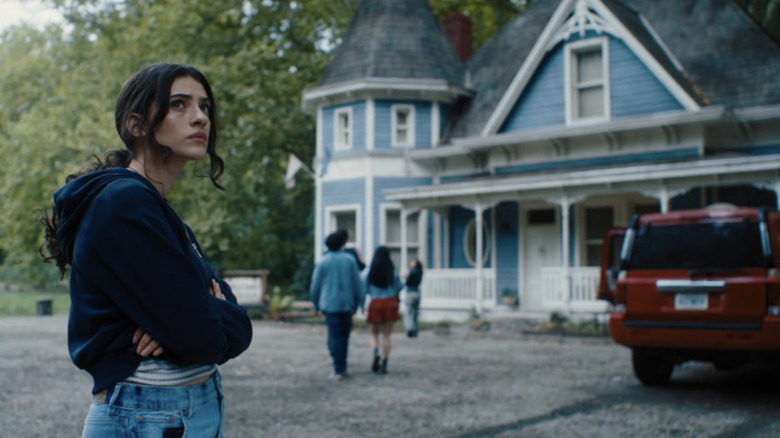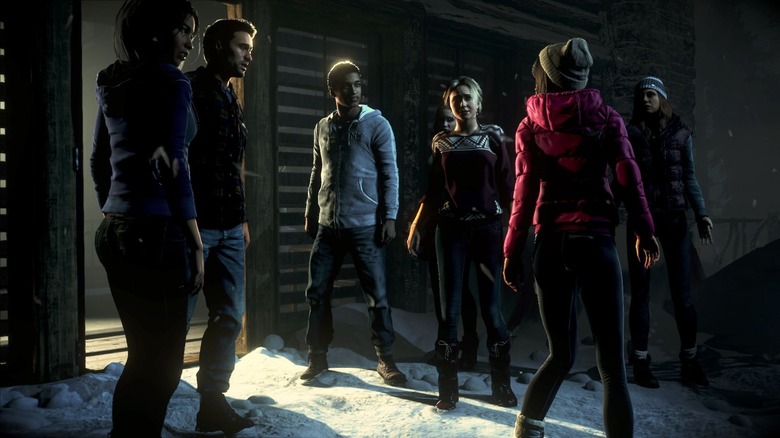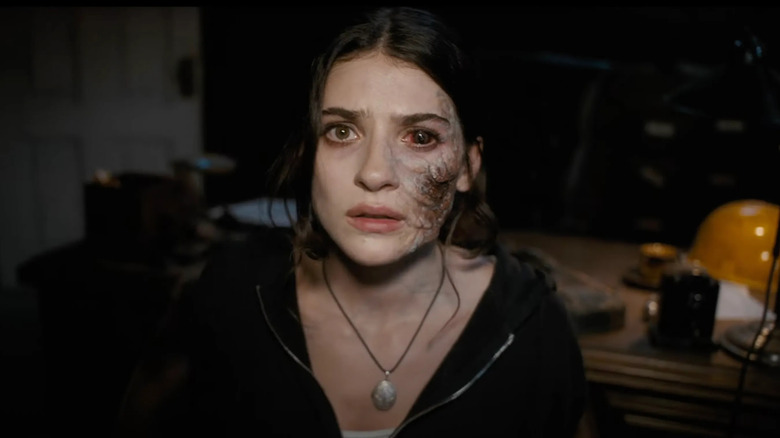Any veteran of the film and television industry is well aware that obtaining a credit for his work can be a long, confusing and frustrating and frustrating process. Although some credits are quite cut and dried – it is not too difficult for actors to be recognized for their appearances, because they can be clearly seen – people behind the scenes involved in the creation of cinema and television can potentially be made invisible, with regard to official credits. Regarding writers who try to win credit for their work, they have the most difficult of anyone. This arbitration process for credit writing, in particular when the rules of the American writers guild (WGA) are involved, can be so extended and mysterious that, in some cases, people who end up with the final credit can be debated.
Advertisement
This game of musical chairs with regard to credit (and with it, as important advantages such as visibility and financial royalties) have only extended to other forms of media than the enthusiasm of intellectual property that Hollywood has been for the last decade and change has been continuing. For example, although the Marvel cinematographic universe is still experiencing a great amount of success, it has has always had problems concerning the fact that the creators of the comics themselves are an appropriate credit for films adapted to their work. Adaptation of video games in movies also has a similar problem. However, this is not a simple problem in black and white, because while the artists who were involved in a work should obtain their deadlines, it has become common for the consequences, spin-offs, remakes and adaptations to end up having little resemblance to this original work, which means that people more responsible for this new The version should obtain the lion’s credit share.
Advertisement
It is precisely this problem that is confronted with The cinematographic version of this month of “Till Dawn”, “ a cinematic iteration of A video game of the same name that was published in 2015. As filmmaker Ted Geoghegan underlined it on BlueskyThe game writers receive no credit for the cinematographic version. However, as the scriptwriter C. Robert Cargill and others pointed out in response, it is a common practice, what it can be. In addition, in this particular case of “up to dawn”, it is difficult to say how much the writers of the game should obtain for a film that deviates a lot from this original game. As we can see, there are many factors and nuances involved, which means that there is no easy solution for this long -standing problem.
WGA rules for video game equipment can be imperfect, but they are also impersonal
As Geoghegan said, the original writers of the game “Until dawn”, Larry Fessenden and Graham Reznick, are not credited with Gary Dauberman and Blair Butler for the film “Until dawn”. At first glance, this would seem to be a massive insult, especially when you consider the fact that because of the characters and the stories of connection of the game, Fessenden and Reznick wrote the longest script for a graphic adventure game, never. No, really: They even received the inclusion in the Guinness Book of Records for this. Given this, as well as the history of the duo to make independent horror films and television programs, it is logical to know why their lack of credit could look like remarkable surveillance.
Advertisement
However, As Cargill indicates correctly in his response to GeogheganThis approach for screen video credits has existed “for over 30 years” and is unfortunately normal for the course. The “sinister” screenwriter continued to explain how the WGA methodology for video game credit has never been adapted to the writer:
“Having adapted a video game for the screen in the past, the rules of the WGA surrounding them are very different from” literary “equipment. If someone gets a credit, it’s the studio, not the writing team.”
Yes, thanks in part to the fact that most video games are not or cannot be allocated to a single author, the WGA has long decided that any credit for an adaptation should go to the studio that has produced the game, rather than for any writer or creator themselves. It is only in the case of game manufacturers who have made a career by undressing (like Hideo Kojima) where the individual could be credited instead of a studio. Devil, even Max’s “The Last of Us” series Credit the co-creator of the game, Neil Druckmann, as a showrunner and creator of the show (because it is), but attributes the “based on the game by” Credit to the Dogy Dog of Studio. These rules are the rules, and even if they can be imperfect, they are also impersonal.
Advertisement
“ Up to dawn ” is considerably different from the original game – and a writer seems to agree
Even if the film “Until dawn” was a direct elevator in the history of video games, it would always be subject to these long -standing rules for adaptations of video games. However, the fact is that the film version of “Till Dawn” is very much like the game, deliberately, because it tells a completely unique story with completely different characters. There are really only two elements of the game taking place in the film: the presence of actor Peter Stormare (who can or not play his character in the game, depending on your interpretation of the game and the film), and the involvement of a variation on the mythical creature of Wendigo. Although this is sufficient to give Fessenden and Reznick a courtesy credit, it is hardly a substantial part of the image, the rest involves parameters, characters and invisible monsters in the game.
Advertisement
For his part, Reznick seems to agree with this evaluation, although he has not yet seen the cinematographic version itself. As he responded in the discussion on BlueskyHe did not expect a credit because the game “was such a group effort and the single Larry and I first felt strange.” He continued by saying that the differences in the film in relation to the story of the game seem “intelligent for a lot of reasons”, probably referring to the almost impossible task to take a branching story like the game and try to reduce it in a film script. So, at least from Reznick, it does not seem that there is a lot of bad blood between the writers of the game and the filmmakers anyway.
In my opinion, “to Dawn” is one of the most intriguing horror films and adaptations of video games to come this year, a film that works at both levels and promises additional ingenuity to present itself in game adaptations. Although it is a very kind gesture to give Fessenden and Reznick a credit on the screen, at least their credit is always properly allocated where it is due, and they even have a real world record to show for that. Navigating the strange branches of the film and television industry is quite dangerous; In the end, what matters is that the artists involved in the entertainment we love are recognized and duly rewarded for their work. In the case of “up to dawn”, both the game and the film, we know at least who is who.
Advertisement








